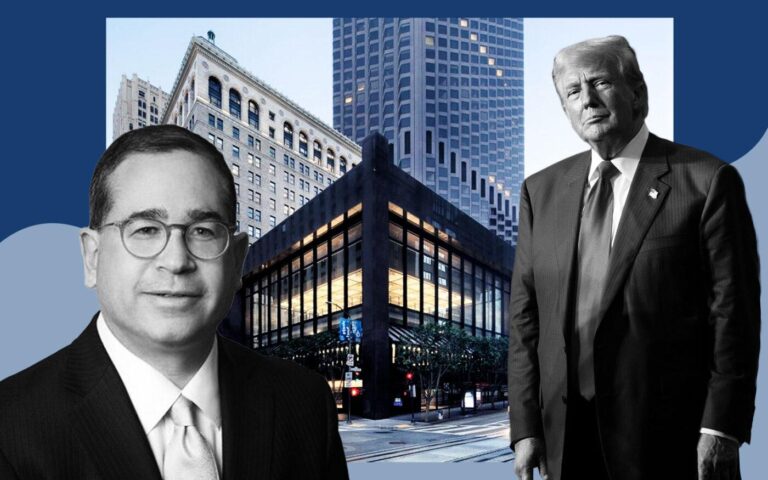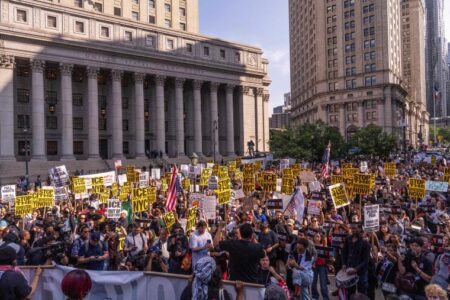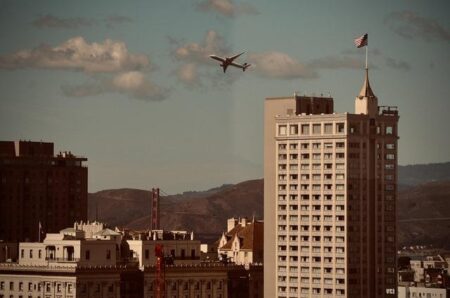Revitalizing San Francisco’s Downtown: Can Free Rent Incentives Spark a Lasting Comeback?
Innovative Rent-Free Offers Target Emerging Entrepreneurs and Small Businesses
In response to the prolonged economic slump affecting San Francisco’s central business district, a coalition of property owners and city officials has launched an ambitious initiative: providing rent-free leases to attract startups and small enterprises. These rent waivers, typically lasting between three to six months, focus on sectors such as retail, food service, and creative industries. By easing the initial financial burden, the program aims to rejuvenate vacant storefronts and offices, fostering a dynamic environment for local innovation and commerce.
Beyond simply waiving rent, the initiative includes supplementary benefits like discounted utilities and collaborative marketing efforts. Preliminary results from pilot zones indicate a positive uptick in pedestrian activity and job creation. The table below summarizes the core incentives and additional advantages offered to tenants in participating properties:
| Incentive | Duration | Additional Benefits |
|---|---|---|
| Rent Waiver | 3 to 6 months | Lower utility rates |
| Reduced Security Deposits | Immediate effect | Complimentary marketing support |
| Referral Rewards | Up to 12 months | Access to networking events |
Persistent Obstacles Undermining Downtown Recovery Efforts
Despite the promise of rent-free incentives, San Francisco’s downtown faces entrenched challenges that complicate revitalization. Safety concerns, including frequent reports of property crime and visible homelessness, deter both potential tenants and visitors. The widespread adoption of remote work has also diminished daily foot traffic, weakening demand for in-person retail and hospitality services. Furthermore, high operational expenses and inconsistent public transit options add layers of difficulty that rent relief alone cannot resolve.
Key hurdles impacting downtown’s resurgence include:
- Labor shortages: Difficulty in recruiting and retaining staff hampers business operations.
- Vacant commercial spaces: Even with incentives, many prime locations remain unoccupied, reflecting deeper economic uncertainty.
- Shifting consumer behavior: The rise of e-commerce and preference for digital services reduce foot traffic and sales for local merchants.
| Issue | Effect | Proposed Remedy |
|---|---|---|
| Safety Concerns | Decline in visitors | Enhanced law enforcement and community programs |
| Remote Work Trends | Lower occupancy rates | Development of flexible coworking spaces |
| High Costs | Business closures | Tax breaks and operational subsidies |
| Workforce Deficit | Staff shortages | Job training and recruitment initiatives |
Assessing the Economic Effects of Temporary Vacancy Reductions
Offering rent-free periods can serve as a catalyst for economic revitalization by drawing businesses into underused commercial properties. This influx can stimulate increased pedestrian traffic, benefiting adjacent retailers and service providers, and potentially triggering a broader economic upswing. However, the longevity of these gains hinges on converting temporary tenants into long-term occupants. Without sustained tenancy, the downtown area risks reverting to high vacancy and economic stagnation.
Important economic considerations include:
- Short-term revenue growth: More visitors translate to higher sales for local businesses.
- Employment opportunities: New businesses create jobs in retail, hospitality, and maintenance.
- Stabilization of property values: Lower vacancy rates can enhance real estate market confidence.
| Economic Metric | Projected Change | Timeframe |
|---|---|---|
| Business Income | Increase by 15% | 3 to 6 months |
| Employment Levels | Increase by 5% | 6 to 12 months |
| Vacancy Rates | Decrease by 10% | During incentive period |
To transform these short-term improvements into lasting recovery, city planners must integrate rent incentives with broader strategies such as enhanced public safety, infrastructure modernization, and community engagement. This comprehensive approach is vital for ensuring downtown San Francisco’s sustainable economic vitality.
Strategic Policy Measures for Enduring Urban Renewal
For San Francisco’s downtown revival to extend beyond temporary gains, a holistic policy framework is essential. This includes fostering collaborations between public entities and private investors to upgrade infrastructure, create pedestrian-friendly environments, and expand affordable housing options. Tax incentives should be structured to reward businesses that commit to long-term occupancy, thereby promoting stability. Engaging local communities in planning processes helps align revitalization efforts with residents’ and entrepreneurs’ needs, safeguarding the district’s cultural identity and preventing displacement.
Complementary policies should also emphasize workforce development and economic diversification. Initiatives that retrain workers and attract innovative industries can invigorate the local economy, while zoning reforms encouraging mixed-use developments can stimulate continuous activity throughout the day and night. The table below outlines key policy tools and their anticipated impacts:
| Policy Instrument | Expected Result | Implementation Timeline |
|---|---|---|
| Conditional Tax Incentives | Improved business retention and occupancy stability | Medium to long term |
| Mixed-Use Zoning Changes | Enhanced foot traffic and economic diversity | Short to medium term |
| Workforce Training Programs | Skilled labor force and higher employment | Medium term |
| Community Participation Platforms | Inclusive growth and minimized displacement | Ongoing |
Final Thoughts
As San Francisco’s downtown contends with evolving work habits and persistent vacancies, the introduction of rent-free incentives represents a creative yet uncertain approach to revitalization. While this strategy may entice businesses and residents back to the city’s core, its effectiveness will depend on addressing deeper social and economic challenges. Stakeholders will be monitoring closely to determine if this bold experiment can ignite a durable renaissance or simply offer a fleeting respite in the ongoing transformation of San Francisco’s urban landscape.




